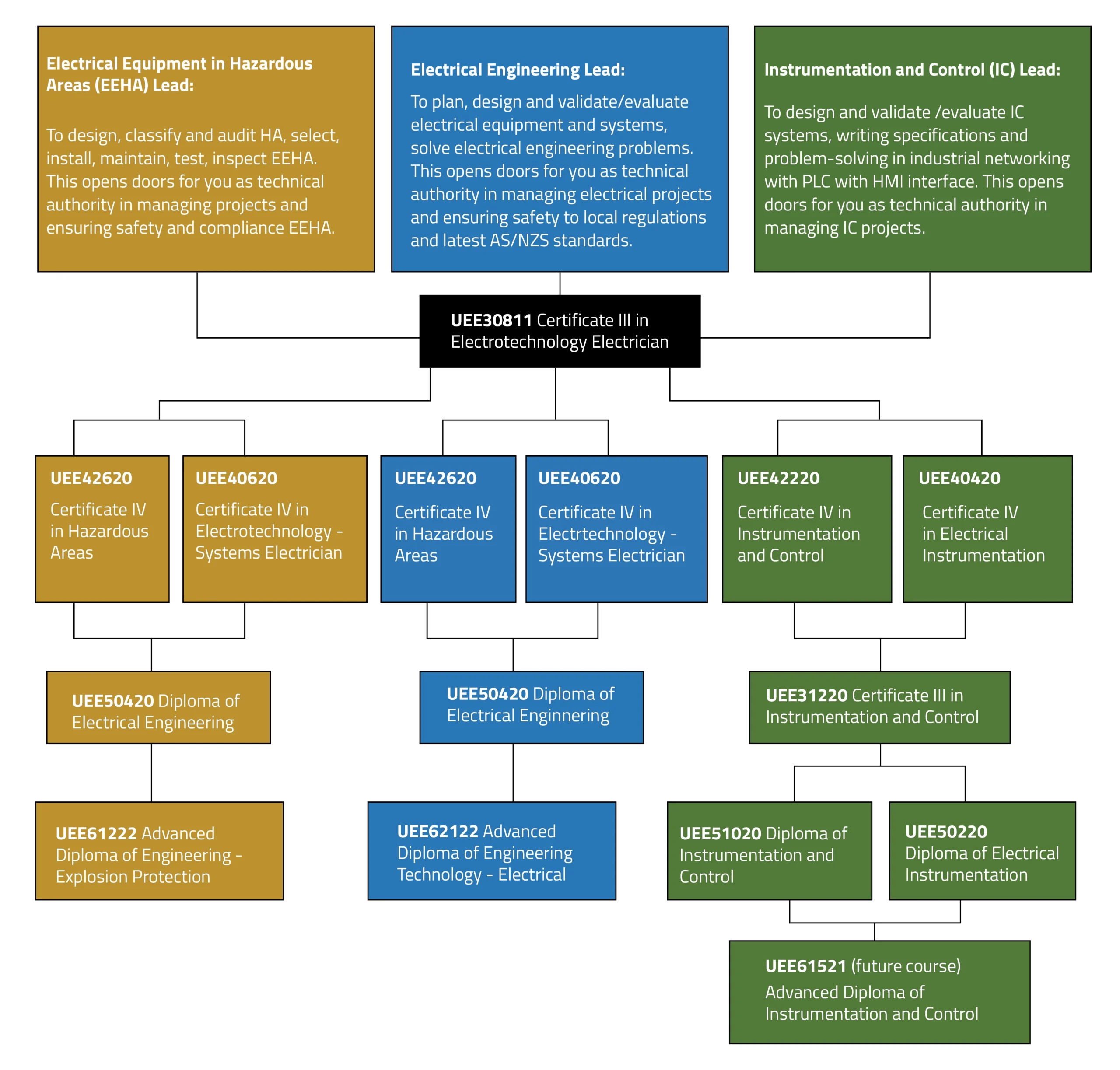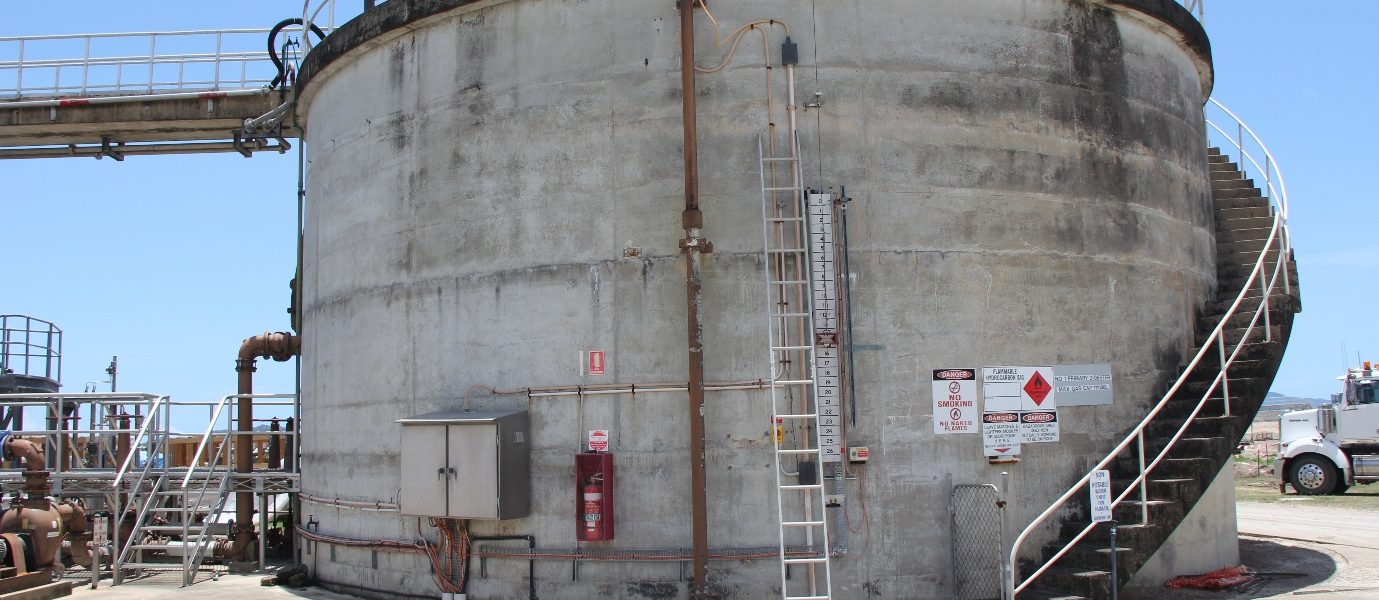Little Known Facts About Roar Solutions.
Little Known Facts About Roar Solutions.
Blog Article
6 Easy Facts About Roar Solutions Explained
Table of ContentsThe Definitive Guide for Roar SolutionsOur Roar Solutions IdeasThe Greatest Guide To Roar Solutions
In order to protect installments from a possible explosion a method of analysing and identifying a possibly harmful area is called for. The purpose of this is to make certain the proper option and setup of tools to eventually protect against a surge and to guarantee safety of life.
(https://global-sage-13a.notion.site/Master-Your-Skills-with-Electrical-Refresher-and-Hazardous-Area-Courses-150cf4f0932c80eb8e5ad98917397f75?pvs=4)
No tools must be mounted where the surface area temperature of the equipment is more than the ignition temperature level of the provided risk. Below are some common dirt harmful and their minimum ignition temperature. Coal Dirt 380C 225C Polythene 420C (thaws) Methyl Cellulose 420C 320C Starch 460C 435C Flour 490C 340C Sugar 490C 460C Grain Dust 510C 300C Phenolic Material 530C > 450C Aluminium 590C > 450C PVC 700C > 450C Residue 810C 570C The probability of the hazard being existing in a concentration high enough to create an ignition will vary from area to location.
In order to categorize this risk an installment is separated into locations of threat depending upon the amount of time the unsafe exists. These locations are described as Zones. For gases and vapours and dirts and fibers there are three zones. Area 0 Zone 20 A harmful ambience is very likely to be present and might exist for long durations of time (> 1000 hours each year) and even continually Zone 1 Zone 21 A hazardous ambience is feasible yet unlikely to be existing for long periods of time (> 10 450 C [842 F] A classification of T6 means the minimal ignition temperature level is > 85 C [185 F] Hazardous location electric equipment possibly designed for usage in greater ambient temperature levels. This would indicated on the rating plate e.g. EExe II C T3 Ta + 60C( This means at 60C ambient T3 will not be exceeded) T1 T1, T2, T3, T4, T5, T6 T2 T2, T3, T4, T5, T6 T3 T3, T4, T5, T6 T4 T4, T5, T6 T5 T5, T6 T6 T6 A T Class rating of T1 implies the maximum surface area temperature created by the instrument at 40 C is 450 C. Assuming the connected T Course and Temperature score for the equipment are proper for the location, you can always utilize an instrument with an extra stringent Division ranking than needed for the area. There isn't a clear answer to this concern regrettably. It really does depend on the sort of devices and what repairs need to be performed. Devices with certain examination procedures that can't be carried out in the area in order to achieve/maintain 3rd party rating. Need to return to the manufacturing facility if it is before the tools's service. Area Repair By Authorised Personnel: Difficult screening may not be called for nonetheless particular procedures might require to be adhered to in order for the devices to preserve its 3rd party rating. Authorized employees have to be employed to execute the work appropriately Repair work should be a like for like substitute. New component need to be thought about as a straight substitute needing no unique screening of the devices after the repair work is total. Each piece of tools with a harmful ranking must be examined separately. These are laid out at a high level below, but also for more thorough information, please refer directly to the standards.
The 10-Minute Rule for Roar Solutions
The tools register is a detailed data source of devices documents that consists of a minimum collection of areas to recognize each thing's location, technical parameters, Ex-spouse classification, age, and ecological information. The ratio of Thorough to Shut examinations will be figured out by the Equipment Risk, which is assessed based on ignition danger (the probability of a source of ignition versus the likelihood of a flammable ambience )and the dangerous location classification
( Zone 0, 1, or 2). Carrying out a durable Risk-Based Evaluation( RBI )method is important for making certain conformity and safety and security in managing Electrical Tools in Hazardous Locations( EEHA).
Roar Solutions - An Overview

In terms of eruptive risk, a hazardous location is an environment in which an explosive environment exists (or may be anticipated to be present) in amounts that need special preventative measures for the building and construction, installment and usage of devices. Roar Solutions. In this post we discover the challenges faced in the work environment, the risk control actions, and the called for competencies to function safely
It is a consequence of modern life that we produce, save or handle a series of gases or fluids that are regarded flammable, and a variety of dusts that are considered flammable. These materials can, in particular problems, develop eruptive environments and these can have major and terrible repercussions. The majority of us know with the fire triangle remove any one of the three aspects and the fire can not take place, however what does this mean in basics the context of dangerous areas? When damaging this down right into its easiest terms it is basically: a combination of a certain amount of launch or leakage of a specific material or material, blending with ambient oxygen, and the presence of a source of ignition.
In most instances, we can do little regarding the degrees of oxygen airborne, however we can have significant impact on resources of ignition, for instance electrical devices. Hazardous areas are recorded on the dangerous area category drawing and are determined on-site by the triangular "EX" indicator. Below, amongst various other crucial information, areas are divided into three types relying on the danger, the possibility and period that an explosive atmosphere will exist; Area 0 or 20 is deemed one of the most unsafe and Zone 2 or 22 is deemed the least.
Report this page